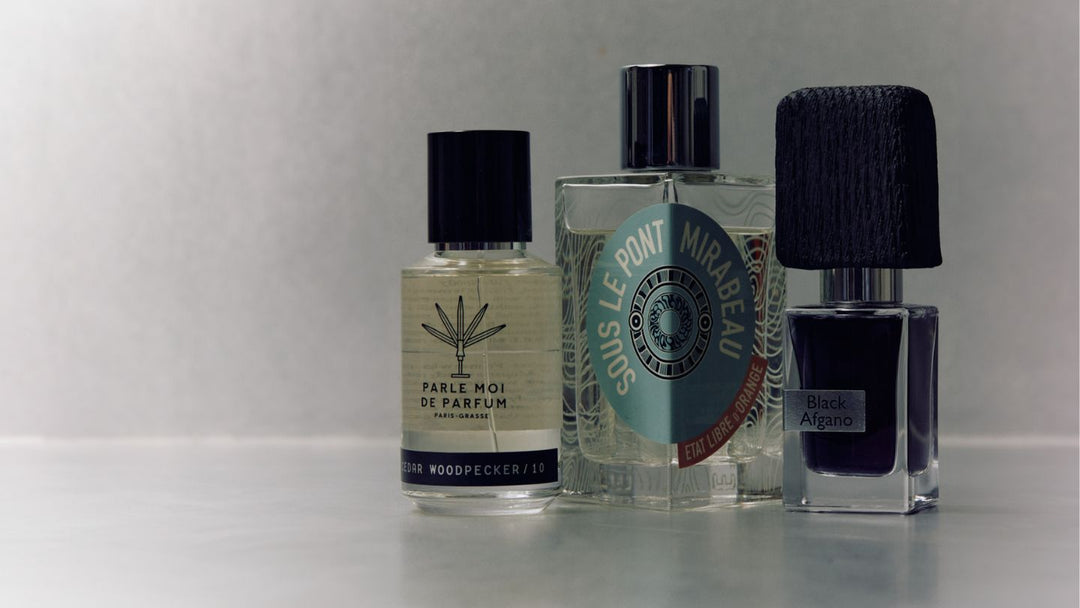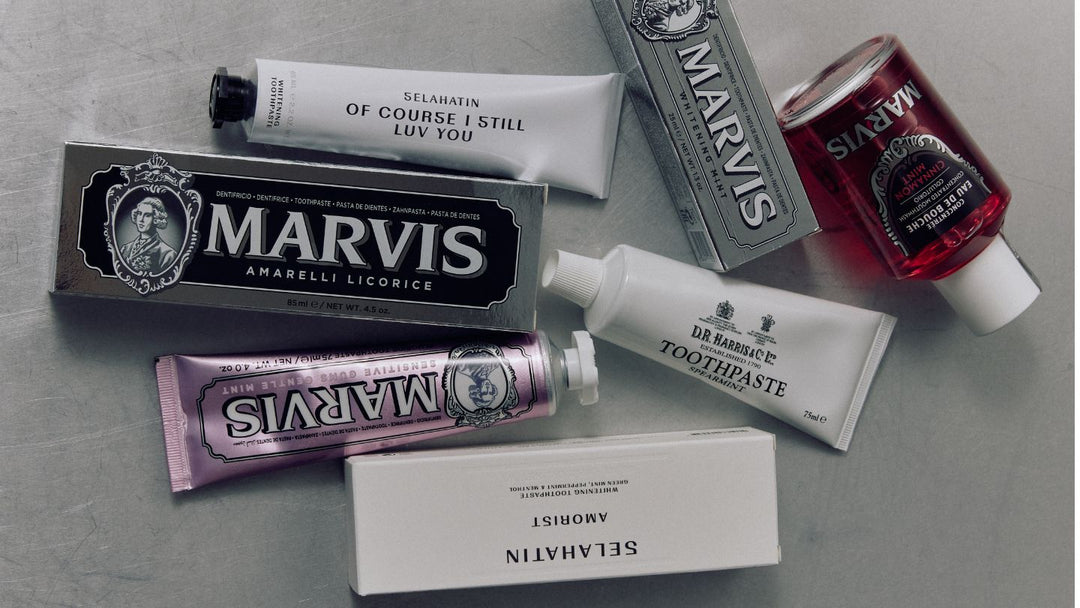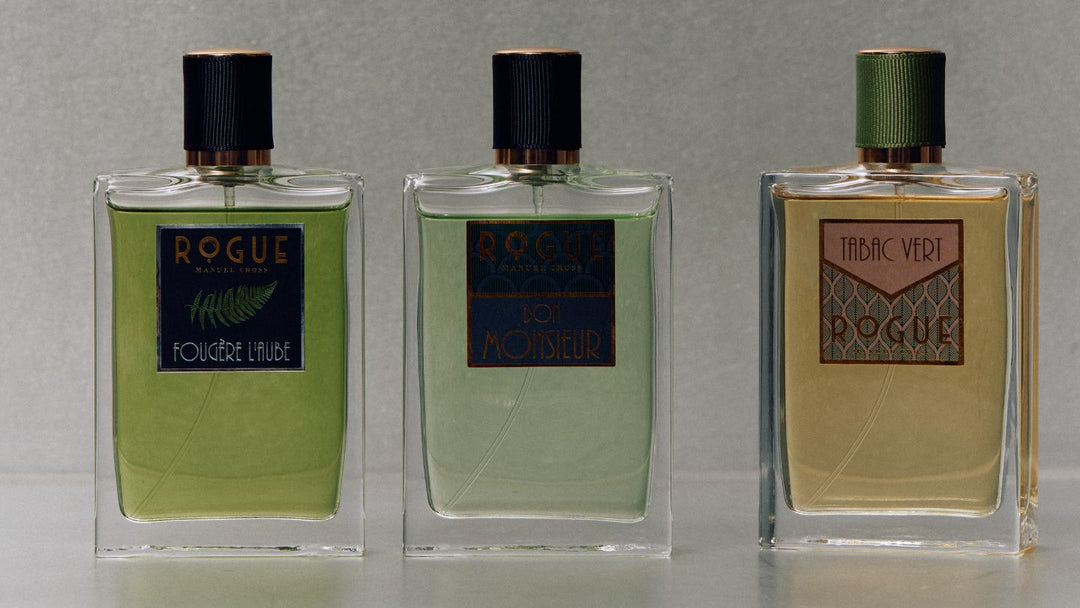What Are Peptides in Skincare?
There is no doubt that an informed consumer is a better consumer, but we equally agree that a direct no-nonsense approach takes the effort out of consumption. In this guide, we make a different approach: to look at the trees, not the forest! And in this regard, with enough attention paid to the trees, we can begin to appreciate the forest, too. Working with the essentials, we unpack three peptide-rich products from the range, detailing their significance and why they’re the top of their class.

What are Peptides and What do Peptides do?
Peptides are the constituent components of proteins, which are made up of amino acids. As we age, our skin (which itself is made up of proteins, amongst other things, including lipids and carbohydrates) becomes less efficient at regenerating its peptide building blocks. Incorporating peptides into skincare products helps the skin get to work. There are many different peptides involved in many physiological processes, and the unique amino acid structure of each peptide send a different message to the skin.
For this reason, those with compromised skin and to those more generally looking to promote healthy looking skin – think plumpness, strength, elasticity, texture, hydration, and firmness – will find great benefit is incorporating peptides into their skincare routine, which mimic the body’s own synthesising mechanisms which act on the skin matrix. Peptides are for all, and have become one of the most essential ingredients in the skincare toolkit.
If You Seek Peptides...
If you take a moment to scan the ingredients list of a product, you’d be lucky to find ‘peptide’ as part of a longer ingredient name. Whilst this is handy, some brands list peptides under their proprietary names – making the task slightly more demanding. When in doubt, a good rule of thumb is to seek products that offer ‘anti-aging’ benefits, which are often replete with peptides.
Taking the guess work out of the process, we’ve selected products full of the good stuff.
Moisturise: Patrick's AM1 Anti-Aging Moisturizer
AM1 doesn’t fool around, and this moisturiser is a veritable cocktail of ingredients that restore the skin barrier. A generous combination of hydrating lipids, antioxidants, and plant-derived extracts, AM1 is rich with jojoba seed oil and cetearyl alcohol, moisturising emollients that softens and soothes the skin.
Where are the peptides? A glance at the ingredients list does not provide an immediate indication, at least by the usual markers. For one, ‘Hydrolysed Yeast Protein’ appears high up on the ingredients list. Recalling our early chemistry lessons, yeast is a single-celled fungus, and its cells contain various proteins. Hydrolysis breaks down these proteins into their smaller peptides, making them available to the skin. Therein are your peptides. Equally, the ingredient SYN-HYCAN, which includes molecules under the long name Tetradecyl Aminobutyroylvalylaminobutyric and Urea Trifluoroacetate, is a proprietary skin bioactive – a potent tripeptide which boosts the skin’s own renewal of hyaluronic acid, resulting in skin that looks plump, moisturised, and firm.
Special mention goes out to TEGO Cosmo C100, a form of creatine not to be confused with peptides. Although distinct, there is a relationship here. Peptides transport creatine to the cells. This matters because creatine is involved in the production of adenosine triphosphate (ATP), which is the primary energy source for cellular processes. When applied topically, creatine can enhance the skin's energy metabolism, leading to improved cellular functions and overall skin health.
Even more, creatine stimulates collagen synthesis, helping to improve skin elasticity and reduce the appearance of fine lines and wrinkles. When collagen is produced, it starts as a long chain of amino acids. To form functional collagen, these long chains need to be broken down into smaller peptide fragments. These smaller peptide chains are then assembled in a specific arrangement to create collagen fibres, which make up the extracellular matrix of the skin.
The verdict? Patrick’s AM1 is a product meticulously formulated, with ingredients that work together in synthesis, where the sum is greater than the parts. Its rich texture is great for those who lean drier during the day, but this product can be universally used in the evening by all skin types.
Treat: Urth Hydrating Mask Complex
This hydrating mask from Urth is a soothing salve for the skin, working with algae extracts, sodium hyaluronate, panthenol, glycerine, and many other ingredients to effectively offer an occasional portable spa treatment.
Identifying peptides is easier here. High up on the ingredient list is Acetyl Hexapeptide-8, which is colloquially considered the non-injective form of Botox because this peptide is an essential substrate of the ingredient itself. Working on the inhibitive neurotransmission function of the brain, this ingredient relaxes the contraction of the muscles that activate when smiling or frowning, which cause wrinkles and fine lines as a result.
True to its name, Urth’s Hydrating Mask Complex also contains Palmitoyl Tetrapeptide-7. This unique ingredient is comprised of four amino acids (hence ‘tetra’ in the name) and palmitic acid, a fatty acid which works together to calm the skin and work its visible surface. As it communicates with the skin, it hastens the production of inflammatory molecules, which damages the collagen in the skin.
The presence of ‘Hydrolysed Rice Protein’ must also be noted. Like its yeast counterpart, ‘hydrolysed’ indicates the presence of active peptides, this time deriving from rice. It conditions and softens the skin, and maintains its hydration levels.
This firm favourite harnesses the very best of peptides, and along with a host of many other ingredients, it rapidly and deeply hydrates the skin, offering virtually instantaneous results.
Serum: Jack Black Protein Booster Skin Serum
This one’s in the name! The peptide hero of this serum is Matrixyl 3000, which combines Palmitoyl Tripeptide-1 and Palmitoyl Tetrapeptide-7 to stimulate and boost collagen synthesis, which wanes with age and is indicated through sagging, tight skin and fine lines. Treating this serum like a wheatgrass shot to add into your smoothie, this is an important step to be sealed in with a moisturiser. Globally, it reduces inflammation which is the precursor to more visible signs of aging. Used in the evening, it gets to work repairing the skin, and this hero ingredient is blended with glycerine, aloe vera, chamomile, and tea extracts to more immediately soothe and hydrated the skin.
If you're looking for a peptide-rich eye serum, Jack Black has got you covered with their Protein Booster Eye Rescue Serum.
More and more, serums are establishing themselves as necessary – not optional – features of a skincare routine, and no less a men’s skincare routine. This cult favourite has been a mainstay of the Jack Black range, and offers brilliant bang for your buck. Peptides too, as their benefits are explored and more firmly understood by science, are essential to a complete skincare regimen.





